It has been over a year since COVID-19 spread across the globe, and the situation remains grim. This is in spite of the rapid production and now roll-out of COVID-19 vaccines — an incredible achievement. Even so, much like how 2020 began, we start 2021 with lockdowns and border closures. And while the wish for a brighter and healthier 2021 abounds, it takes more than hope to deal with the multi-dimensional impact of the pandemic.
COVID-19 continues to exact a high toll on human life, as millions have been sickened and have died. The economic impact of the pandemic has been devastating and will have lasting consequences. Millions of jobs have been lost, resulting in an astounding number of people falling into extreme poverty and facing serious threats to food security.
COVID-19 has been described as a crisis like no other, but even this feels like an understatement. Looking back, the pandemic revealed serious gaps in public health governance, as government responses were found wanting in many respects. These included the lack of pandemic preparedness and response, lack of coordination among government agencies, poor crisis communication (particularly with the public), and weak enforcement of public health measures such as social distancing and wearing masks, not to mention pandemic fatigue.
Southeast Asia has not been spared from the ravages of COVID-19. While the region has fared comparably better in managing the spread of the pandemic and keeping fatalities low, the economic impact has nonetheless been severe, with economic contraction averaging between 4% and 7% across Association of Southeast Asian Nations (ASEAN) countries. With economies heavily reliant on exports and tourism, there is an earnest desire to make the region pandemic-free in 2021, and for economic recovery.
As the fight to contain COVID-19 continues, the Southeast Asian story of pandemic preparedness and response provides useful insights on what can be done better to avoid some of the serious policy missteps in the future.
Regional health governance matters
Absent global leadership, Southeast Asia has shown that regional cooperation, through ASEAN, is critical in helping countries contain the pandemic. ASEAN has displayed agency in managing the public health crisis in a highly connected region. The region’s prior experiences with pandemics — like SARS in 2003 and H1N1 in 2009 — have allowed ASEAN to establish a number of important mechanisms for pandemic preparedness and response, which health authorities immediately activated when news of the unknown virus broke out in China.
These important mechanisms include the ASEAN Emergency Operating Centre Network for Public Health Emergency and the ASEAN BioDiaspora Virtual Centre, which facilitated timely and accurate exchanges of information and technical inputs on the nature of the disease. They also established health protocols to observe such as testing, contact tracing, isolation, and quarantine. The Regional Public Health Laboratories Network was another important mechanism that provided expertise and technical support to laboratories of its member states, while the ASEAN Risk Assessment and Risk Communication Centre helped disseminate preventive and control measures, including combatting false news and misinformation. The speed with which these mechanisms were deployed significantly helped countries enact early measures to prevent and stop the spread of COVID-19.
A number of ASEAN Summit meetings soon followed to agree to regional health and economic measures to fight the pandemic. These included the agreement to build an ASEAN stockpile of essential medical supplies and equipment, as well as setting up an ASEAN Recovery Fund to assist member states. To mitigate the economic impact of COVID-19, ASEAN also agreed to ensure the smooth flow of essential goods by refraining from imposing unnecessary non-tariff measures during the pandemic and strengthening supply chain connectivity and resilience. And to further strengthen regional public health capacity — as well as pool resources to fight COVID-19 and future pandemics — the ASEAN Centre on Public Health Emergencies and Emerging Diseases was launched in November 2020.
That regional efforts have been comprehensive reflects ASEAN’s intent to work collectively in containing COVID-19. But its ability to implement the slew of health and economic policies have also faced challenges. Some measures, like rapid information-sharing on pandemic spread and control, proved to be easier to implement, while others such as advancing common health and travel protocols were difficult to realize. There was also some delay in providing assistance with medical supplies to member states in the early phase of the pandemic. These challenges, however, have not stopped regional efforts in responding to this global existential threat.
Regional progress can only be as strong as its weakest link
The initial success of keeping COVID-19 cases down with strict border closures and lockdowns became increasingly difficult to sustain. As thousands of ASEAN nationals returned from overseas, particularly migrant workers who lost their jobs, ”imported” cases soon started to spike.
As mitigation measures became increasingly critical, progress was uneven among ASEAN countries, with Vietnam and Singapore doing much better compared to Indonesia and the Philippines. A number of factors determined why some countries fared better while others continued to struggle. Among these were strong leadership, more centralized and/or better coordinated national pandemic taskforce, clear public messaging, and strict enforcement of public health measures.
National public health capacity has also been critical. Unlike SARS and H1N1, which were short-lived, the drawn-out COVID-19 pandemic severely strained the public health systems of most countries in the region. Although the levels of infection and deaths in the region remain low compared to Europe and the United States, even though those regions have more developed health infrastructure, serious constraints remain. Increasingly crucial now is getting access to COVID-19 vaccines in light of vaccine nationalism.
Shared norms provide better prospects for regional health governance
Since 2003 — when the region had to deal with the SARS, H1N1, and also MERS outbreaks — the norms of disease surveillance and rapid reporting, transparency, informing-sharing, social distancing, and other public health measures have often been drilled into the region’s national pandemic preparedness plans. Arguably, the region’s ability to mitigate the spread of the pandemic has much to do with its experience in pandemic preparedness and response put into practice. These shared norms in turn provide the foundation for better regional health governance.
That said, challenges remain. Uneven progress in containing the pandemic will continue to confront ASEAN as countries deal with its long-term consequences. This makes it all the more critical to strengthen regional cooperation in responding to a shared threat.
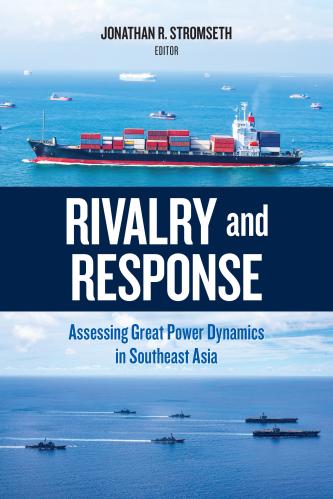
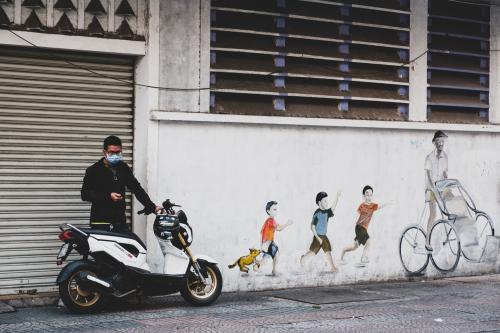
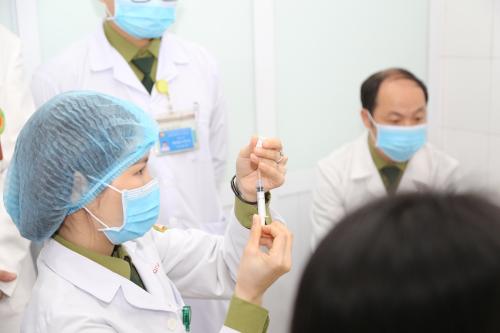



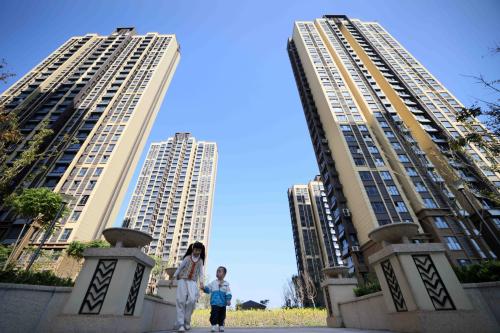
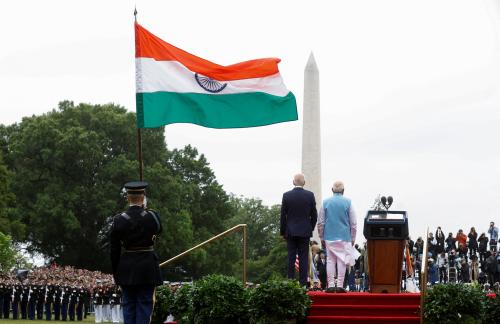
Commentary
COVID-19 in Southeast Asia: Regional pandemic preparedness matters
January 14, 2021